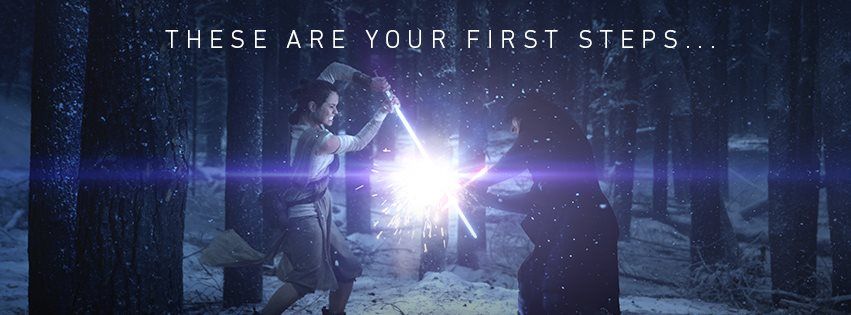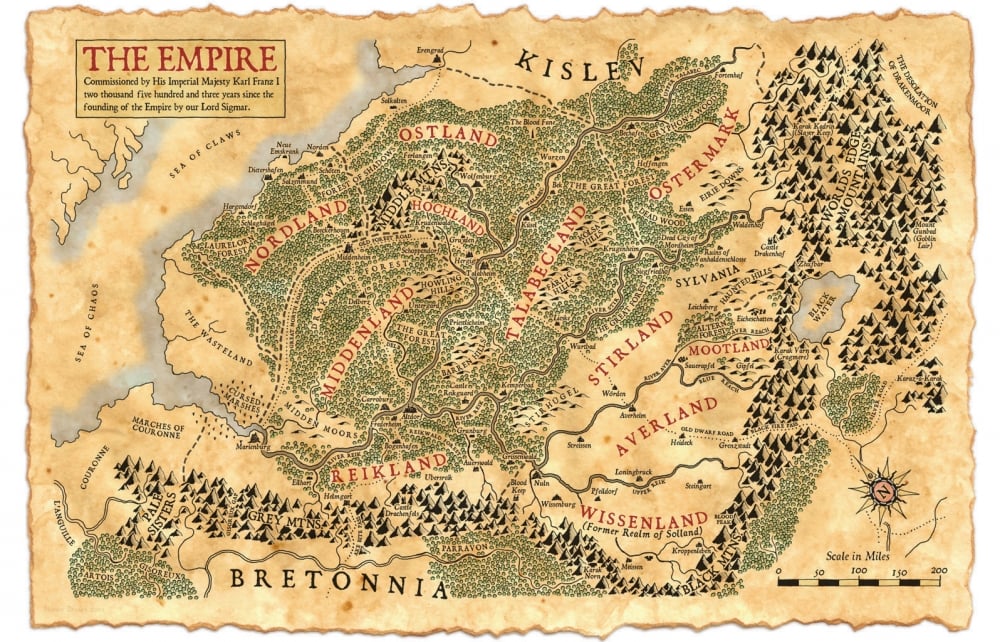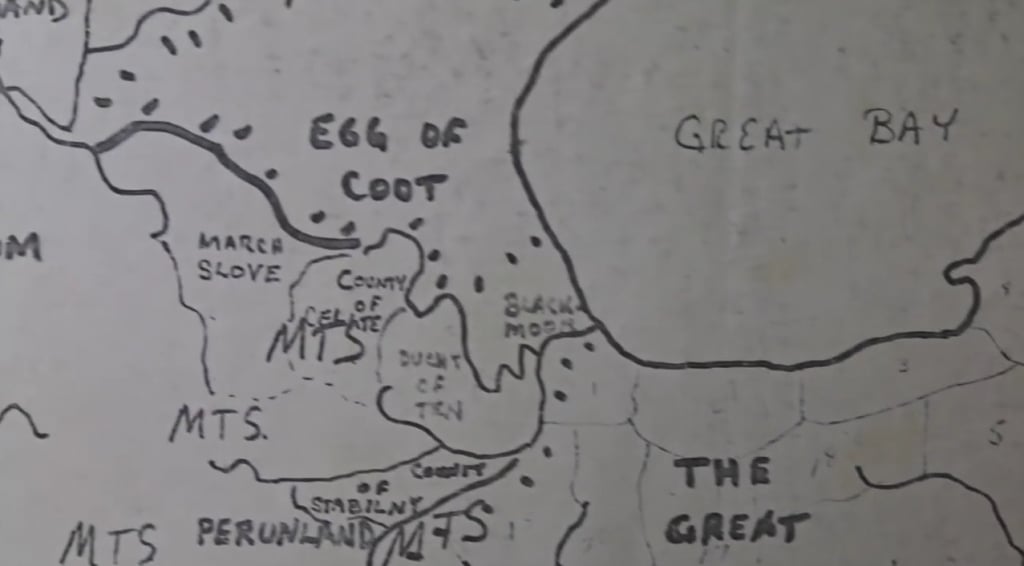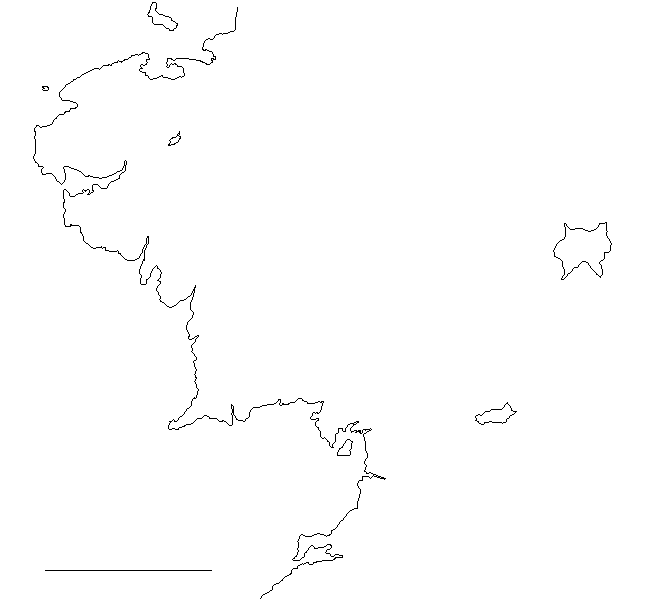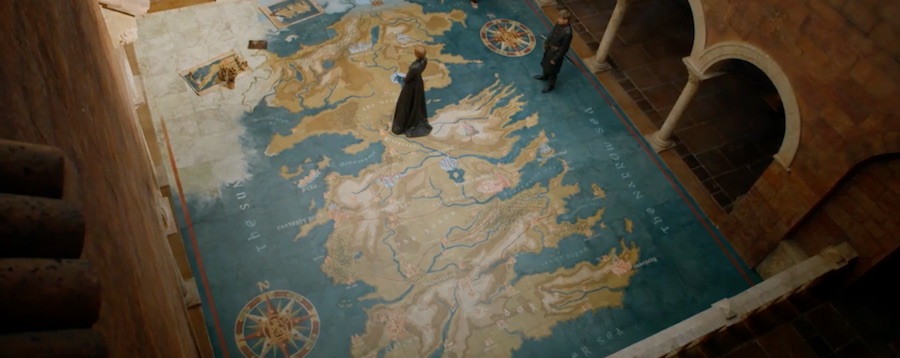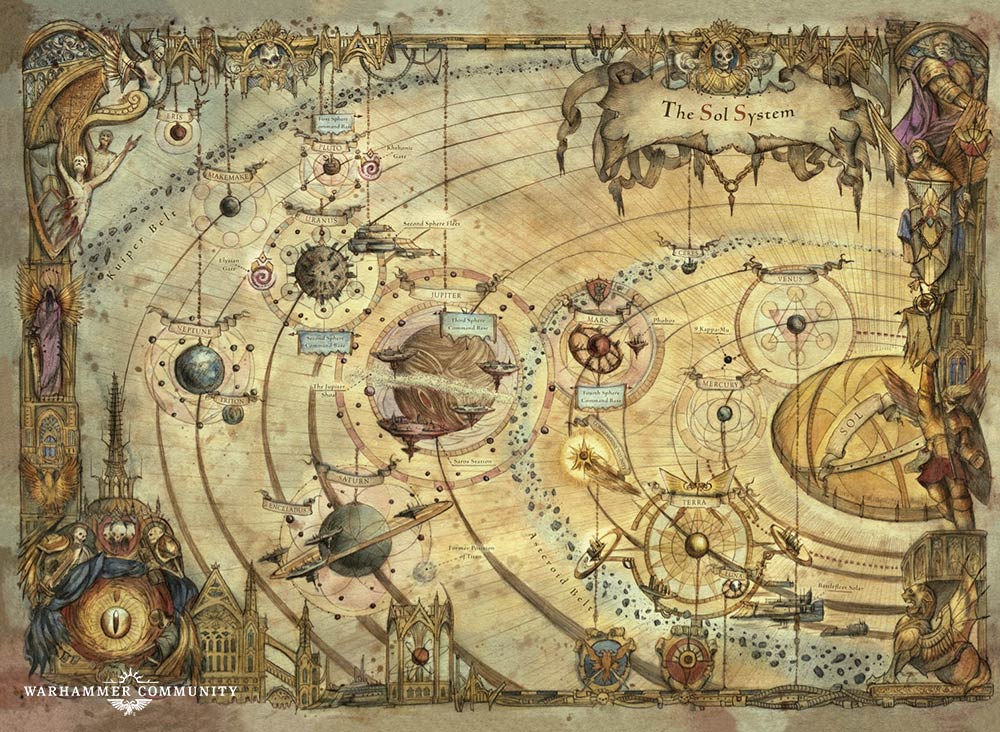RPG: World Building Workshop – Maps 101
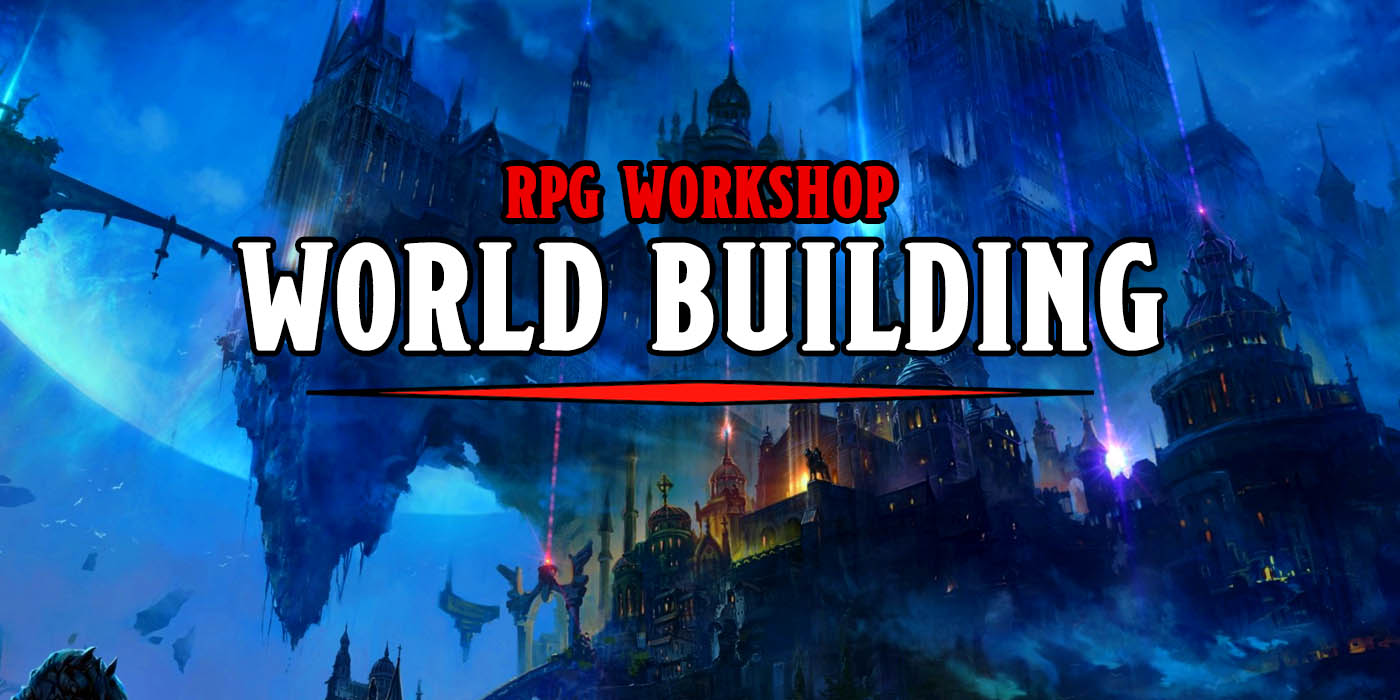
Dungeon Masters, today it’s time to talk about the basics of making your map.
There comes a time in almost every DM’s life when they want to move beyond the existing settings and create one of their own. Maybe you have an amazing story to tell, and it needs its own world to be told in. Perhaps you have a super awesome idea for a world and want to run adventures in it. Maybe you just like making up settings. Whatever the impetus, creating your own setting can be fun and rewarding both to you and your playgroup. In this ongoing series, we will look at the steps you can take to create your own setting (a process known as world-building), and we’ll look at some tips and tricks of excellent world-building and some common mistakes people make. Along the way, we will build our own setting and world.
Welcome to World Building Workshop, let’s get started.
The Groundwork
Last time on World Building Workshop, we talked about cliches and how to use them. We went over a few examples, and will go over more as we get deeper into this process. However, before we got into cliches I had teased talking about maps, now its finally time to get into that.
What’s In A Map?
A good map can be a huge part of your world building and a massive benefit to your game. Maps give your players something to not only look at, but to interact with. It’s an object they can dwell on, study and plan with. It provides inspiration for them, and is often the most concert part of your world building. For me, the map is also in may ways where my world building starts. Though I may have various ideas floating around, the map is were I really start to put them to paper and fit the pieces together. Having a good map can also be a massive aid to your world building. Using a good map as your base allows you to very logically build your world bit by bit from the ground up. So to me, the map is in many ways the most important part of world building.
The Rough Draft/Sketch Map
You can get pretty elaborate with your maps. There are a number of great map making programs out there, which we will cover in a later article, that let you do a ton. However, for me, the first step is to come up with a basic rough draft or sketch map to show what you want. For this you normally want to work in some kind of easy medium, and then can later use a more robust program to gussy it up. At this stage, either an actual hand-drawn map or something using a basic program with MS Paint is my preferred way to go.
The Out Line
Assuming you’ve got your basic idea of the world down, the first step to building a map is the outline. For our purposes we are doing a map of just the main portion of a signal continent, so we need the outline of that, its coasts, etc.. If you were going a whole world you’d need to divide the land from the sea so to say. For a city, an outline of the shape of the city suffices for this part. When outlining look around for inspiration; some people have an idea of what they want the world to look like and just draw it, others need guidance.
Sources of Inspiration
Here are a few places you can go for inspiration:
- The D20 SRD has a random world generator program. You could use this to generate a whole random world that you could use as is, or to generate a base for you take inspiration from and build on.
- Outline maps. Maps of real-world locations or places are great bases to build on. One common way to do it is to take the outline of a country and flip or alter it somehow. An old DM of mine used a map of Spain it worked well. Devoid of context and altered many places folks won’t know that its based on a real country. This gives you the advantage of a pretty detailed outline, often with accurate coastal or border features. Just make sure to alter any too straight borders.
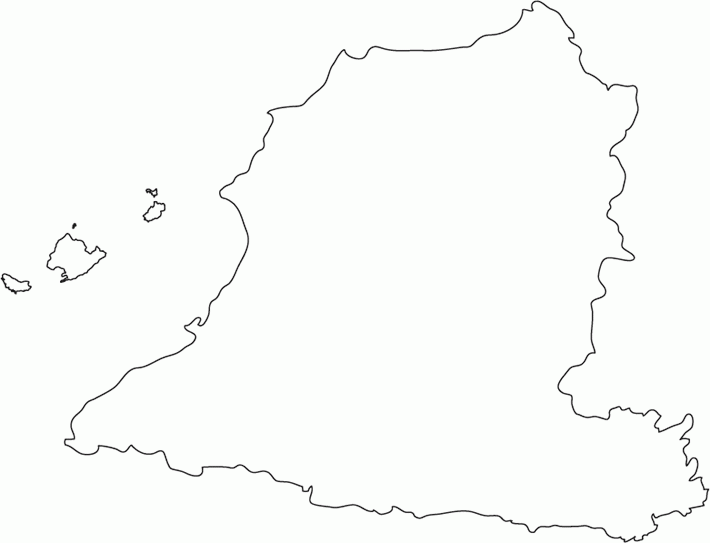
- The Cartographers Guild is a website for players to post their own fantasy and sci-fi maps. While I don’t like to to just copy them, browsing the site can be a great source of inspiration.
- Old Maps of the real world. Old maps are great and can be a good inspiration for more fantastical maps. I often find them a great inspiration or straight up source, for city or small region maps. Since cities change a lot, maps of old cities, especially if you can get them without, or take the time to remove location names, are often unrecognizable to players. Using something detailed and grounded like this can help provide extra immersion for the players, without drawing them out of the game like using a map they recognized would.
- Maps for other similar works. Don’t just copy someone else’s work, unless their work is your setting, but looking at maps from popular books or games is also good inspiration.
Final Thoughts
Wherever you get your inspiration from, the key is to get a solid outline of the map down and ready to expand on. However, when making your map, there are few things you should be aware of and some cliches you mayyyyy want to try to avoid. We will get into these next time. 
Let us know where you get inspiration for your maps, down in the comments!

